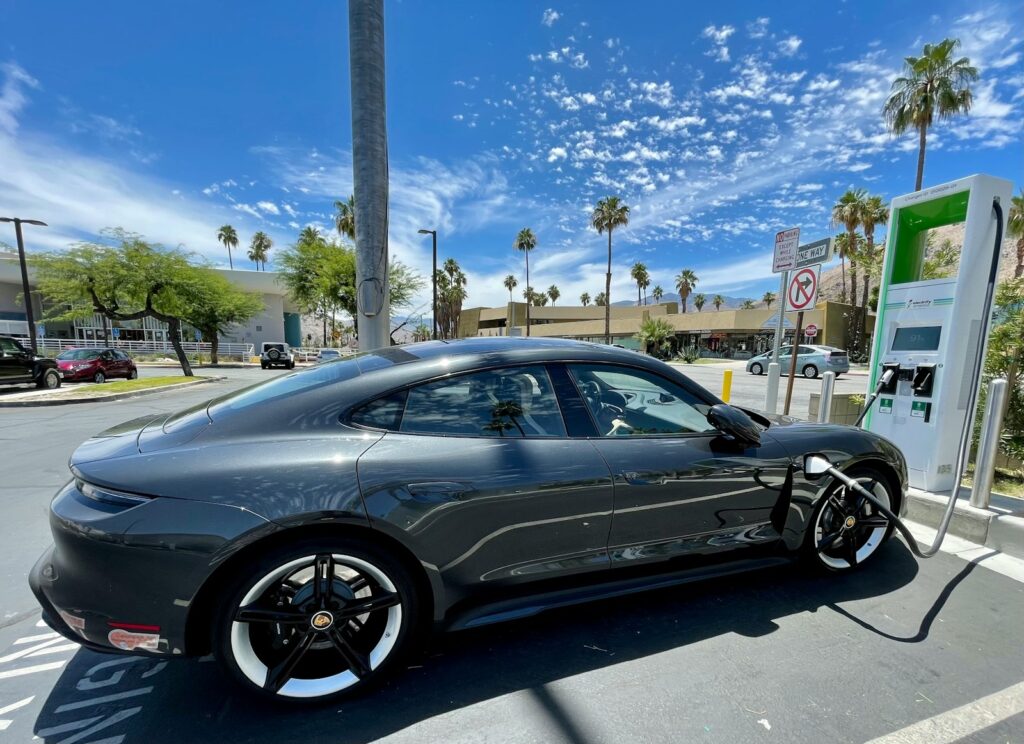
Modern vehicles are technological marvels, equipped with an array of sophisticated systems designed to enhance safety, mitigate collisions, and even assist drivers in critical moments. From automated braking to intelligent lane guidance, these advanced driver-assistance systems (ADAS) represent significant leaps forward in automotive engineering, promising a future with fewer crashes and safer roads. The data consistently supports their efficacy, demonstrating measurable reductions in accidents, injuries, and even insurance claims, making them invaluable assets in today’s driving landscape.
Yet, a puzzling paradox emerges when examining how these life-saving innovations are utilized in the real world. Despite their proven benefits, a substantial number of drivers either actively disable these features, misunderstand their capabilities, or remain entirely unaware of their presence. In Australia, for instance, one in five motorists with ADAS-equipped cars has switched off at least one system, with figures climbing even higher in other countries. This widespread disengagement transforms potentially life-saving technology into dormant features, leaving drivers vulnerable to preventable hazards.
This article delves into some of the most crucial yet overlooked car features, exploring both advanced driver-assistance systems and vital hidden functionalities that could make the difference between a minor incident and a serious catastrophe. By understanding what these systems do, why they are often ignored or misused, and how they contribute to safety, we can empower ourselves to make more informed decisions behind the wheel and fully harness the protective potential engineered into our vehicles.

1. **Lane-Keeping Assist (LKA) & Lane Departure Warning (LDW)**: Lane-keeping assist (LKA) and lane departure warning (LDW) systems are designed to prevent one of the most common and deadly crash types: run-off-road and lane-departure collisions. These systems utilize cameras to detect lane markings, with LDW providing alerts when a vehicle unintentionally crosses these markings, and LKA actively nudging the steering to keep the car centered within its lane. An international study highlighted lane-keeping assist as delivering the largest crash-rate reduction among ADAS features, particularly for some of the most severe accidents, showing a significant 19.1% reduction.
Despite their proven effectiveness, these features are, paradoxically, the most frequently disabled. Nearly 45% of drivers report having turned off lane-keeping assist. The primary reason for this rejection stems from the system’s practical feel: it can manifest as the steering wheel “tugging” or “nudging” against the driver’s hands. This sensation can be disconcerting for some, leading them to disengage the system, especially on winding roads, in roadworks, or when lane markings are faded, where the system might issue frequent warnings or attempt corrections that feel unnecessary.
Furthermore, testing by the Australasian New Car Assessment Program indicates that some vehicles deliver abrupt or jerky steering inputs that drivers find hard to override, contributing to a feeling of being out of control. While manufacturers design these systems to switch back on with each new ignition cycle to meet safety regulations and maintain high crash-safety ratings from bodies like the European New Car Assessment Programme, driver discomfort and a lack of understanding of system limitations (e.g., that it won’t function on poorly marked or unsealed roads) continue to be significant barriers to widespread adoption and consistent use.
To overcome this, targeted driver education is paramount. Drivers need a clearer understanding of how LKA and LDW operate, their benefits in preventing serious crashes, and their limitations. Improved design for smoother, less intrusive interventions could also enhance driver acceptance. Prioritizing these features through safety regulations and purchasing incentives is also recommended, ensuring that their life-saving potential is not lost due to driver skepticism or discomfort.

2. **Autonomous Emergency Braking (AEB)**: Autonomous emergency braking (AEB), often referred to as automatic emergency braking, stands as a cornerstone of modern vehicle safety, designed to automatically apply the brakes if a collision is imminent and the driver has not reacted in time. This technology is particularly effective at preventing rear-end collisions, which are among the most common types of accidents on the road. Data from the United States unequivocally demonstrates its impact, showing that autonomous emergency braking cuts rear-end collisions by an impressive 50%. Even forward-collision warning on its own, without automatic braking, reduces these crashes by 27%.
Despite these compelling statistics and the clear safety benefits, many drivers either ignore or actively mistrust AEB. The context reveals that automatic emergency braking significantly lowered rear-end and intersection crash rates, contributing to a 10.7% reduction in an international study. Yet, a common issue is that drivers may not trust automated braking or assume they can react quickly enough in an emergency. This skepticism often leads to a failure to appreciate how crucial this technology can be in saving lives and minimizing severe crash outcomes.
Part of the challenge lies in consumer understanding and acceptance. False alarms or perceived ‘over-correction’ can make systems like AEB feel intrusive, leading some drivers to switch them off. Moreover, many drivers learn about these systems through trial and error rather than formal instructions, meaning they may not fully grasp AEB’s capabilities or limitations. This lack of informed understanding can erode trust and prevent drivers from utilizing a feature designed explicitly to intervene in life-threatening situations where human reaction time might be insufficient.
Improving consumer training at the point of sale, coupled with clear, standardized documentation and in-car digital tutorials, could bridge this knowledge gap. Policy recommendations emphasize prioritizing effective features like autonomous emergency braking through safety regulations and purchasing incentives. Ultimately, AEB is not experimental; it has proven safety benefits that, if embraced by drivers, could drastically reduce the incidence and severity of common road accidents.

3. **Blind Spot Monitoring (BSM)**: Blind spot monitoring (BSM) systems address a perennial hazard on the road: blind spots, which are a major cause of accidents, particularly on highways where higher speeds amplify risk. These systems employ sensors to detect vehicles lurking in areas not visible through mirrors, alerting drivers to their presence and significantly reducing the likelihood of sudden collisions during lane changes or merges. An international study found that blind spot monitoring cut lane-change and merging collisions moderately, achieving a 3.5% reduction, underscoring its utility in daily driving scenarios.
However, the effectiveness of BSM is often curtailed by driver behavior. Some individuals choose to disable this feature, citing reasons such as false alarms or a fundamental misunderstanding of its value. The belief that simply glancing in the mirror is sufficient, even in heavy traffic, overlooks the system’s ability to provide an objective, continuous watch that human vigilance cannot always replicate. This is particularly true for drivers who frequently change lanes or navigate busy urban environments, where the dynamic nature of traffic makes blind spot detection even more critical.
The reluctance to fully engage with BSM can stem from an overall mistrust of advanced driver-assistance systems. Drivers might switch them off after a single negative experience, such as a false alert, without fully appreciating the countless instances where the system correctly identifies a hazard they might otherwise have missed. The perceived ‘intrusiveness’ of alerts can lead to premature disengagement, thereby negating the safety layer this technology provides. This decision can leave drivers exposed to unnecessary risks, especially when complex road design and traffic conditions challenge human observational capabilities.
To maximize the life-saving potential of BSM, there is a clear need for enhanced driver education. This education should go beyond basic functionality, explaining the real-world scenarios where BSM excels and how to interpret its alerts effectively. Standardization of feature names and interfaces across brands could also reduce confusion, as the same feature can have many different names. By fostering a better understanding and trust in BSM, drivers can be encouraged to keep these systems active, harnessing their power to prevent dangerous lane-change and merging collisions and making roadways safer for everyone.
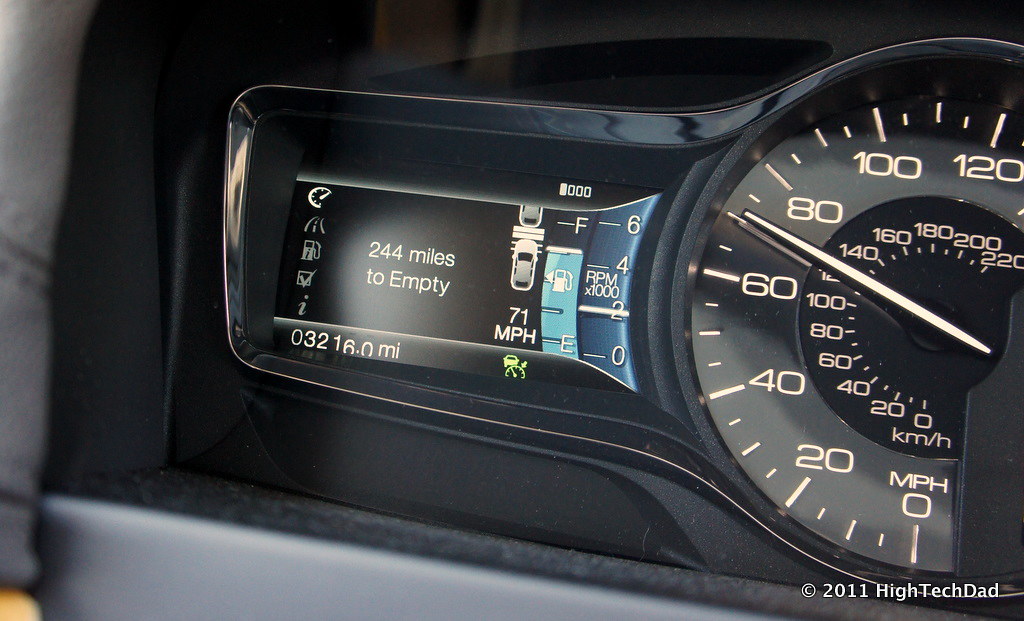
4. **Adaptive Cruise Control (ACC)**: Adaptive cruise control (ACC) is an advanced feature designed to enhance the convenience and safety of highway driving. Unlike conventional cruise control, ACC maintains a set speed while actively keeping a safe, pre-selected distance from the vehicle ahead. This system automatically adjusts the car’s speed, slowing down if traffic ahead dictates and accelerating back to the set speed when the path clears. It represents a significant step towards semi-autonomous driving, aiming to reduce driver fatigue and improve traffic flow.
However, despite its sophisticated design, adaptive cruise control presents a unique safety paradox. Surprisingly, some studies have linked ACC to higher crash rates, showing an 8% increase. This counterintuitive finding is attributed to potential driver over-reliance. When drivers lean too heavily on the system, particularly in complex traffic situations, they may reduce their attentiveness to the road. This can lead to a dangerous complacency, where drivers pay less attention, assuming the system will handle all variables, which it is not designed to do without driver supervision.
This issue underscores a critical aspect of advanced vehicle technologies: they are assistance systems, not replacements for active driving. The context explicitly states that even with these technologies, driving still requires the full attention of the driver. When ACC is used incorrectly, such as in situations beyond its design limits or without proper driver engagement, it can inadvertently increase risk rather than reduce it. This problem is exacerbated when compared to conventional cruise control, which was associated with an even higher increase (12%) in crash risk, suggesting that any form of automated speed maintenance can lead to reduced vigilance if not used judiciously.
Addressing the risks associated with ACC requires a multi-pronged approach. Policy, industry, and driver education all have roles to play. Targeted driver education is essential to set realistic expectations for ACC, emphasizing its role as an aid rather than a full automation solution. Accurate marketing campaigns should clearly articulate the system’s intended use and limitations. Furthermore, improved consumer training at the point of sale, including standardized demonstrations, can help drivers understand when and how to safely engage with adaptive cruise control, ensuring that this feature contributes to safety rather than inadvertently compromising it.
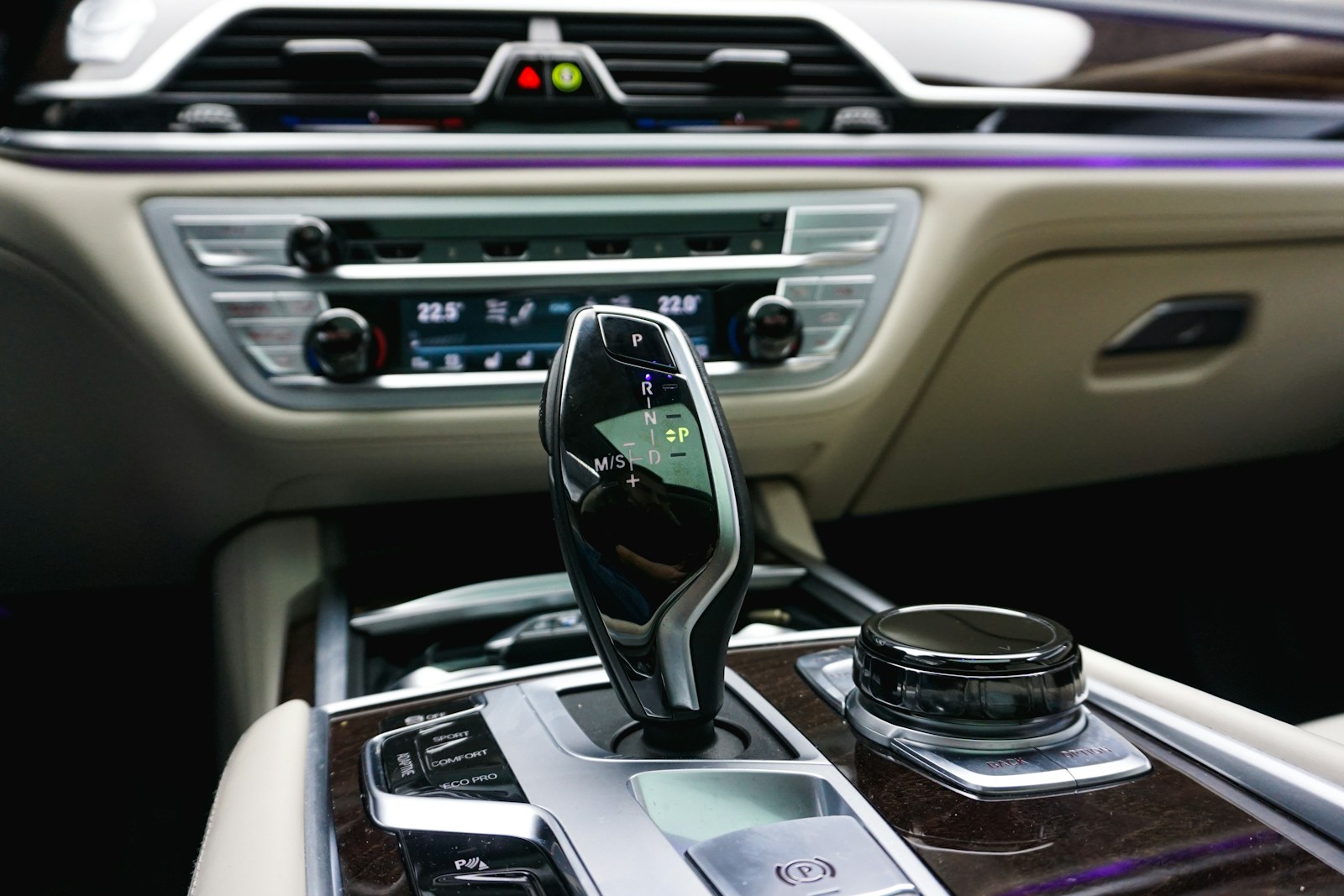
5. **Electronic Stability Control (ESC)**: Electronic Stability Control (ESC) is widely recognized as a foundational safety system, acting as a game-changer in preventing skidding and loss of control, especially in challenging driving conditions. This sophisticated system continuously monitors wheel speed, steering angle, and yaw rate to detect when a car is beginning to slide or deviate from the driver’s intended path. Upon detecting a loss of traction, ESC automatically applies brakes to individual wheels and/or reduces engine power to help the vehicle regain stability and control. Studies have conclusively shown that ESC significantly reduces the risk of fatal crashes by nearly 50%, cementing its status as one of the most crucial advancements in car safety.
Despite its profound impact on reducing severe accidents, a concerning number of drivers remain largely unaware of ESC’s presence or how it actually functions in real-world conditions. This lack of understanding can lead to complacency or, in some cases, misguided attempts to disable the system, particularly among those who mistakenly believe they have superior control over their vehicle. While most modern vehicles are equipped with ESC as standard, the ‘silent guardian’ nature of the system means it often operates in the background, only intervening when necessary, leading to its underappreciation by drivers who may never consciously experience its activation.
The absence of direct, explicit engagement with ESC, unlike more interactive ADAS features, means that many drivers do not actively consider its role in their safety. They might not realize that instead of waiting for an emergency, they should ensure their ESC system is active and understand its crucial function. The inherent complexity of its operation, involving rapid, subtle adjustments to individual brakes and engine output, makes it less intuitive to grasp compared to, for example, a visual blind spot alert.
To ensure drivers fully benefit from this critical technology, educational efforts must highlight the pervasive and life-saving role of ESC. Training should clarify that ESC is not a feature to be turned off but a continuous protective layer. Simplified guides and in-car digital tutorials, as suggested for ADAS systems in general, could help demystify ESC, making its function and importance more accessible to a broader audience. By increasing awareness and trust, drivers can be encouraged to rely on this proven system, knowing it is constantly working to prevent catastrophic losses of control.
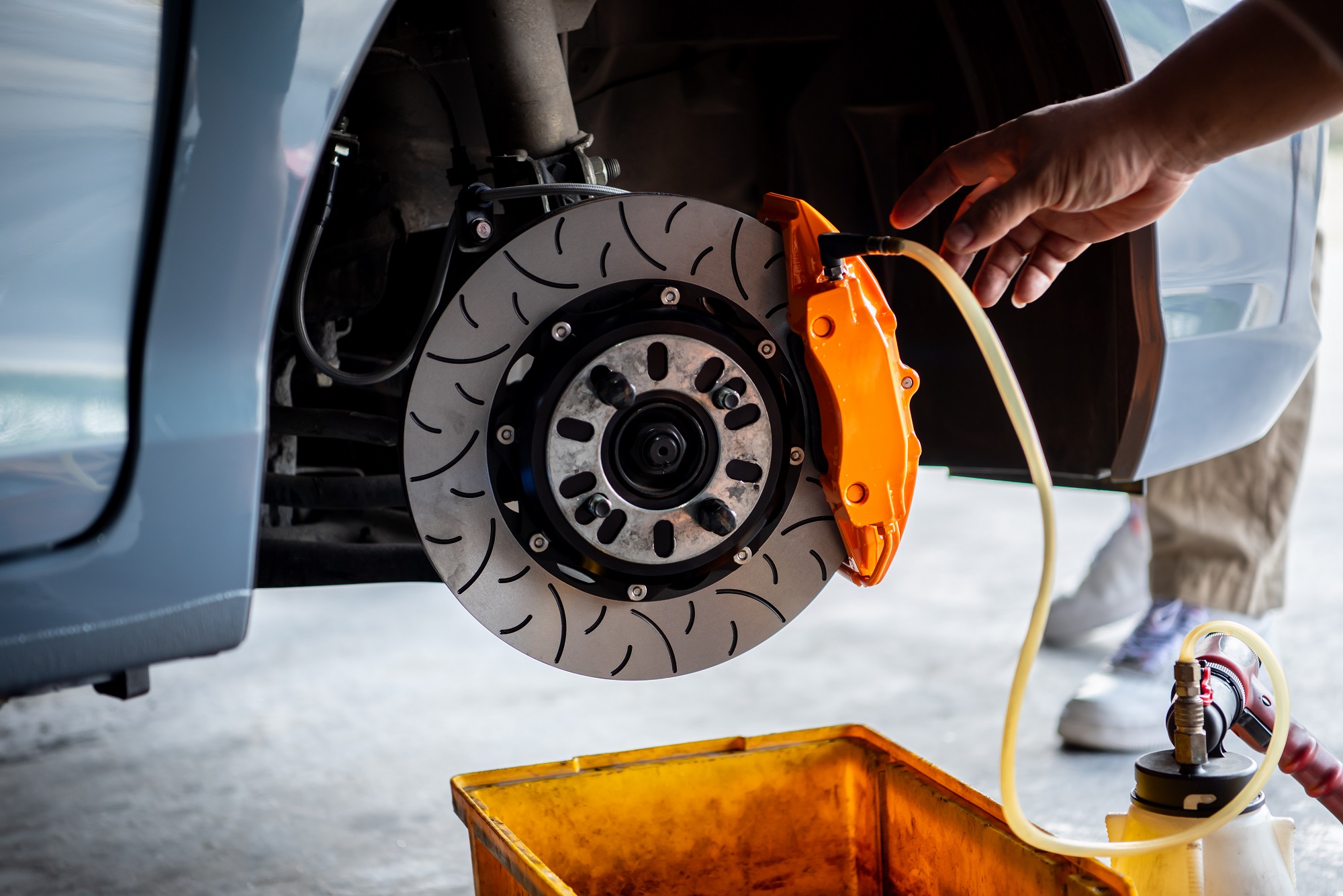
6. **Brake Assist**: In emergency braking situations, a critical human factor often comes into play: drivers, in moments of panic, do not always press the brake pedal hard enough or quickly enough to engage the vehicle’s full braking power. This hesitation or insufficient force can significantly increase stopping distances, potentially turning what could have been a near-miss into a serious accident. Brake assist systems are engineered precisely to compensate for this human limitation. They detect panic braking – typically by sensing a rapid initial pedal application followed by sustained pressure – and then automatically apply maximum braking force, leveraging the anti-lock braking system (ABS) to reduce stopping distances as much as possible.
This technology can be the critical difference between avoiding a collision and experiencing a severe impact. Yet, despite its profound life-saving potential, remarkably few drivers are aware of its presence or understand its vital role in modern vehicles. Many drivers mistakenly assume that their regular braking habits are sufficient for all situations, or they may not even realize that such an automated boost to braking power exists. Because brake assist operates only in emergencies, it is a ‘silent’ feature that drivers rarely consciously engage, leading to its underappreciation and lack of recognition.
Studies consistently show that brake assist significantly improves emergency stopping power, often by applying more pressure than even a determined driver might in a sudden crisis. This objective intervention can shave crucial feet off stopping distances, which in high-speed scenarios, can translate directly to preventing impacts or drastically reducing their severity. Without this system, even a split-second delay or slight under-application of pressure can have severe consequences, highlighting the importance of every component in the braking chain.
The challenge lies in educating drivers about a system that is designed to be largely invisible until a critical moment. Effective communication from manufacturers and safety organizations is crucial to inform the public about brake assist. This education should emphasize how the system complements the driver’s actions in an emergency, rather than replacing them. Improved consumer training, clear manual descriptions, and even brief in-car digital explainers could help demystify brake assist, ensuring that drivers understand and trust this essential layer of protection designed to activate when human response alone might fall short. Prioritizing features like brake assist in safety ratings and marketing materials can also help elevate its perceived importance among potential car buyers.
Beyond advanced electronic aids, modern vehicles conceal vital mechanical and manual features, often overlooked but critical in emergencies. These hidden functionalities are rarely taught during vehicle purchase or highlighted in manuals, leaving many drivers unaware until a crisis. Understanding these less-publicized safeguards empowers drivers, transforming a dangerous predicament into a manageable situation. From manual overrides for electronic failures to vital signaling tools, these elements are integral to a holistic approach to vehicle safety.
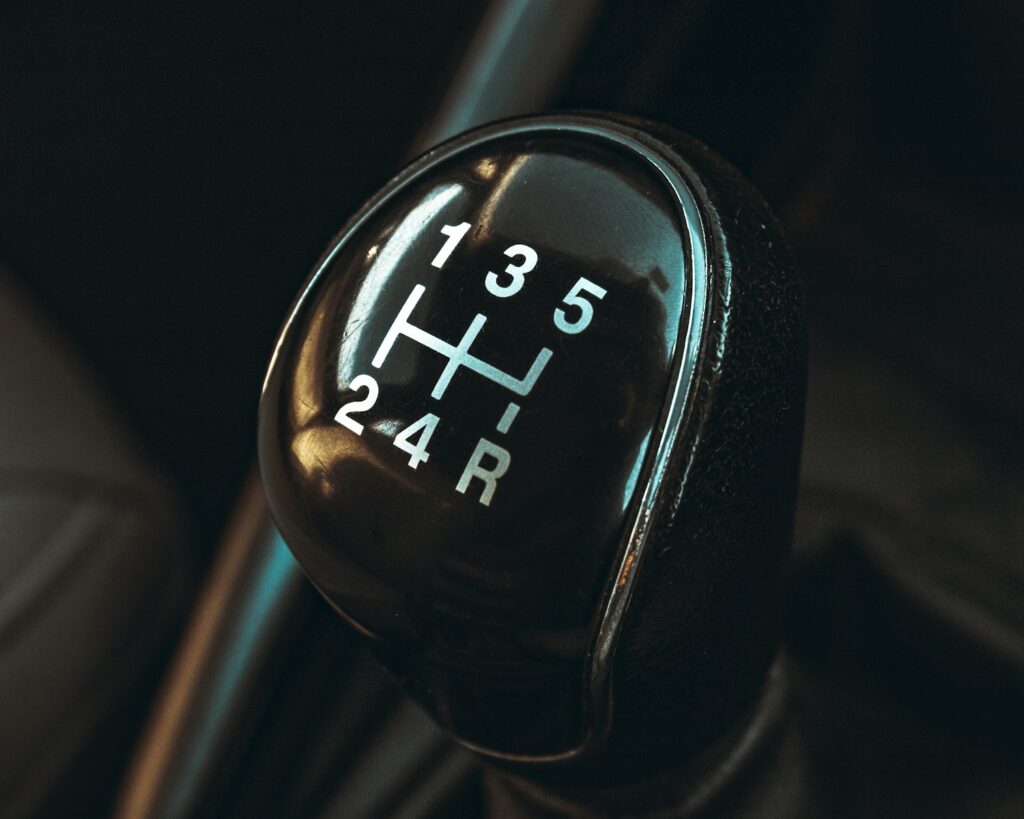
7. **The Shift Lock Override: Your Emergency Exit from Park**: Every automatic vehicle includes a ‘shift lock override,’ a mechanical failsafe to release the gear shifter from ‘Park’ without power. This small, often unmarked button or slot near the shifter becomes indispensable if the car’s battery dies or the transmission malfunctions. In high-stakes scenarios—like moving a disabled vehicle from traffic or evacuating during a fire—this feature provides a critical lifeline, allowing the car to be shifted into neutral.
To use this critical function, drivers must first locate the override, often beneath a plastic cover labeled ‘Shift Lock.’ Inserting a car key, screwdriver, or pen into the slot releases the mechanism, allowing manual shifting to ‘Neutral.’ This enables towing, pushing, or, as a Colorado family demonstrated in 2019, manually rolling the vehicle to safety after an electrical system failure during a wildfire.
Automakers typically hide this feature, assuming drivers will call roadside assistance. However, in true emergencies where seconds count, relying solely on external help isn’t feasible. The override is also concealed to prevent accidental engagement, which could cause dangerous vehicle rollaways if misused. Drivers should familiarize themselves with its operation in a safe, controlled environment to be prepared for critical moments.
8. **Manual Door Releases in Electric Cars: When Digital Fails**: Electric vehicles (EVs) present unique safety challenges if a crash disables their electronic systems. In such an event, standard electronic door releases may fail. To counter this, EVs feature manual door releases, physical levers or tabs designed to mechanically unlatch doors, allowing occupants to exit even if primary electronic controls are inoperable.
These manual releases are discreetly placed, often near window switches, on floor panels, or as pull tabs under seatbelt anchors, varying by model. For instance, a Tesla Model 3’s front door release is below the window switches, while a Nissan Leaf has a small lever near the door handle. Knowing your specific EV’s manual release location is paramount for rapid egress in a crisis.
Despite their vital role, these overrides are often unknown to EV owners. Manufacturers’ focus on minimalist interiors can render these safety features inconspicuous. A 2022 NHTSA report found 30% of EV owners were unaware of manual overrides. This lack of awareness poses a significant risk, highlighting the urgent need for better consumer education and clear demonstrations at the point of sale.
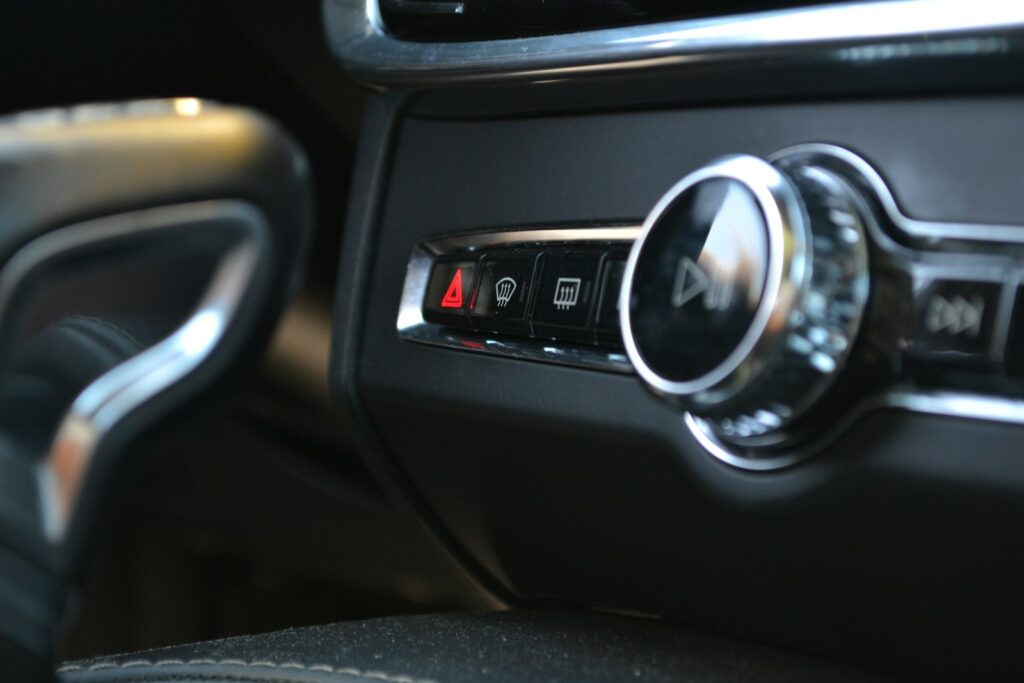
9. **Hazard Lights: A Critical Tool for Communication and Safety**: Hazard lights are universally recognized, but their full potential as a proactive safety tool is often underutilized. Beyond simply indicating a parked or distressed vehicle, their correct and judicious use in dynamic traffic can significantly reduce collision risks, acting as a powerful communication device.
One impactful advanced use is signaling sudden stops or unexpected slowdowns on highways. Activating hazards provides crucial seconds for trailing drivers to react, with a AAA study showing a 23% reduction in rear-end collisions when used during sudden deceleration. Some modern cars even auto-activate hazards during hard braking.
Furthermore, hazard lights can signal broader road obstacles. Germany’s ‘left-right-left’ protocol, for example, warns following drivers of specific hazards. If stranded, hazards also enhance visibility for rescuers. However, surveys indicate 60% of drivers mainly use them for parking, underscoring a widespread lack of understanding of their broader safety applications.
Modern cars offer extensive protection, but their full life-saving potential is unlocked only when drivers understand *all* their features, including the crucial hidden manual overrides and design elements discussed here. Road safety demands proactive engagement with your vehicle, transforming a passive journey into an informed one. Make it a habit to skim your owner’s manual’s emergency section, locate and practice using these overrides, and teach passengers how to activate critical safety functions if you’re incapacitated. That unmarked button or hidden latch could save a life; empower yourself with this vital knowledge today for safer driving tomorrow.

